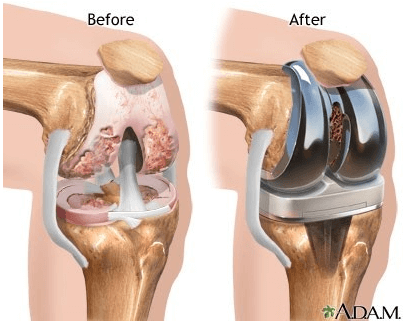A client receives a prescription for acetaminophen 1,000 mg by mouth every 8 hours as needed for pain. The bottle is labeled "Acetaminophen for Oral Suspension, USP 500 mg per 15 mL." How many tablespoons should the nurse instruct the client to take with each dose? (Enter numerical value only.)
The Correct Answer is ["2"]
Rationale: The nurse should calculate the dose based on the concentration of the medication. Since the suspension contains 500 mg of acetaminophen per 15 mL, a 1,000 mg dose requires 30 mL (2 tablespoons) of the suspension.
Nursing Test Bank
Naxlex Comprehensive Predictor Exams
Related Questions
Correct Answer is D
Explanation
A) Incorrect- While notifying the healthcare provider is an important step to take after an error, it's not the first action the nurse should take. The immediate concern is the client's safety and well-being, so assessing the client for any adverse effects of the incorrect dose is the priority.
B) Incorrect- Documentation is important, but it's not the first action to take after administering an incorrect medication dose. The nurse should prioritize assessing the client for any adverse effects and ensuring their immediate safety.
C) Incorrect- Completing an incident report is an important step to document errors and prevent future occurrences, but it's not the initial action to take. First, the nurse should focus on the client's well-being by assessing for adverse effects.
D) Correct- Assessing the client for any adverse effects is the immediate priority when an incorrect dose of medication has been administered. The nurse's first concern is the safety and health of the client. Once the client's condition has been assessed and stabilized, further actions can be taken, such as notifying the healthcare provider and completing incident reports.
Correct Answer is B
Explanation
This is the observation that indicates that the UAPs need additional information about the turning procedure because it is incorrect and may cause complications for the client. The client who had a hip arthroplasty with prosthesis placement should not keep both legs straight and together while turning because this may cause dislocation of the prosthesis, nerve damage, or bleeding. The client should keep the affected leg slightly abducted and supported with pillows or an abduction device.

Whether you are a student looking to ace your exams or a practicing nurse seeking to enhance your expertise , our nursing education contents will empower you with the confidence and competence to make a difference in the lives of patients and become a respected leader in the healthcare field.
Visit Naxlex, invest in your future and unlock endless possibilities with our unparalleled nursing education contents today
Report Wrong Answer on the Current Question
Do you disagree with the answer? If yes, what is your expected answer? Explain.
Kindly be descriptive with the issue you are facing.
